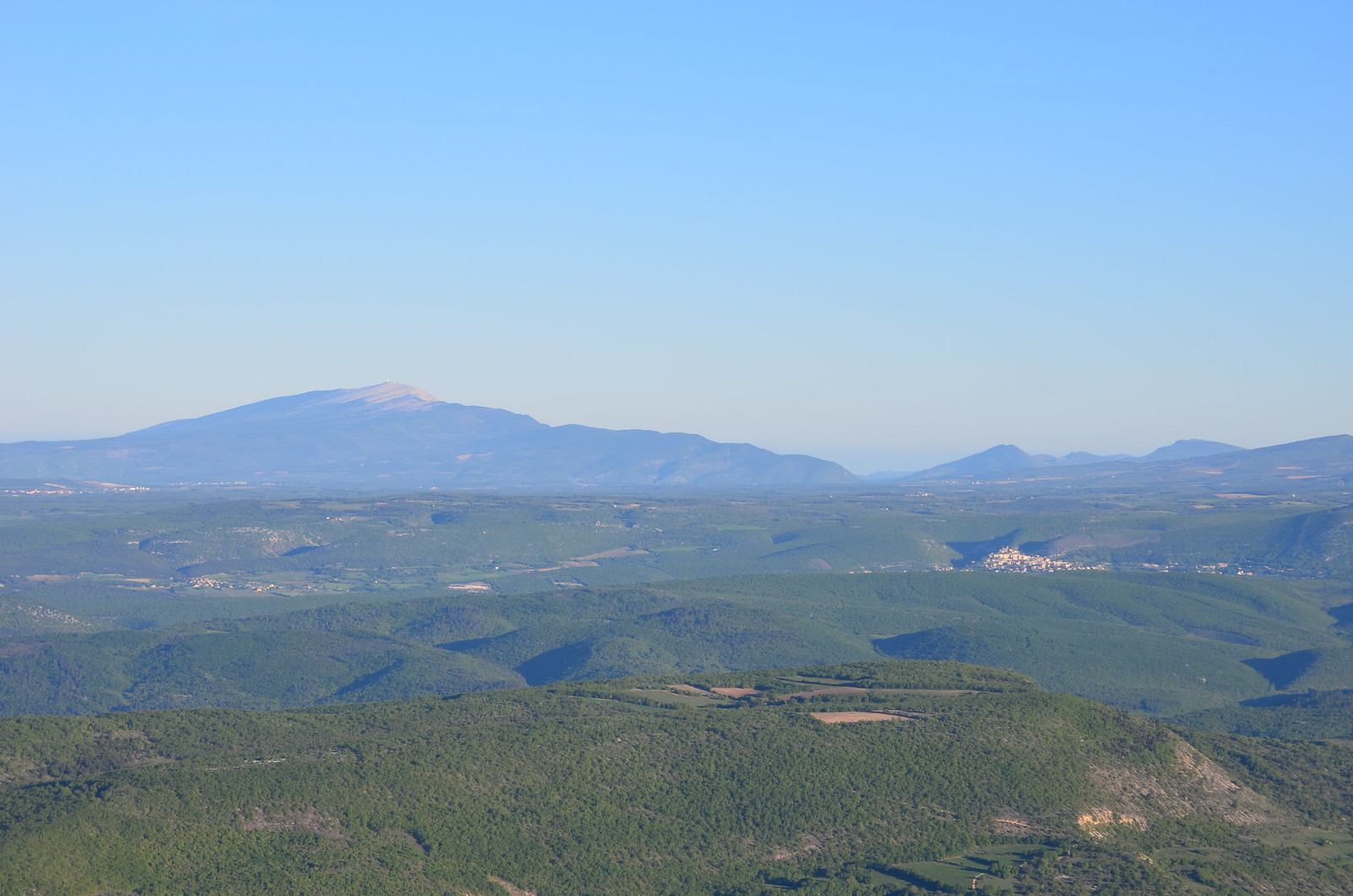I never thought I would ever write an article on Hot Air Ballooning in Provence! Don't get me wrong, it's not that I don't like it, au contraire, I have been flying hot air balloons commercially in France since 1991 and I continue to do so on an occasional basis as it is in my blood!
However there is one thing that I do not enjoy, or at least I had convinced myself something to that effect, and that is being a passenger. This is why I have only ever been in the passenger seat two or three times in the last 22 years and that is why I could never write an article on the joys of a Hot Air Balloon ride in Provence, because my perspective is that of a pilot.
Last week all that changed...
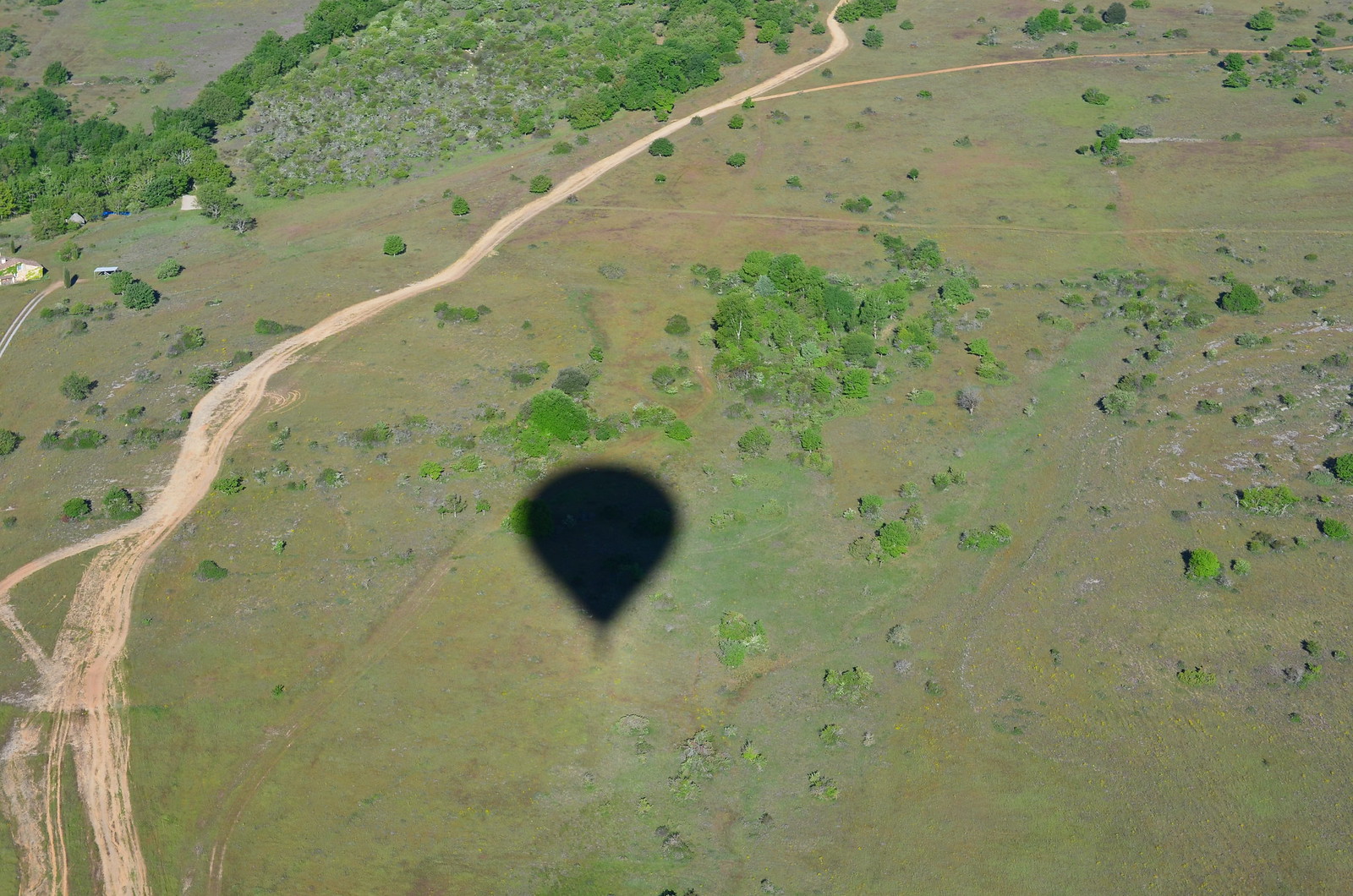 |
| The shadow of our hot air balloon over the thyme and lavender growing wild in the Garrigue near Mane en Provence |
I had booked places for a balloon ride in Provence as I was receiving a journalist and there is no better way to admire the region than on a hot air balloon ride and of course this meant that I would have to fly as well.
I met the balloon team at 06:15AM and remembered another reason why I had stopped ballooning full time! The balloon we were flying in was the biggest of France Montgolfières balloon fleet and the latest of the L'Occitane en Provence hot air balloons.
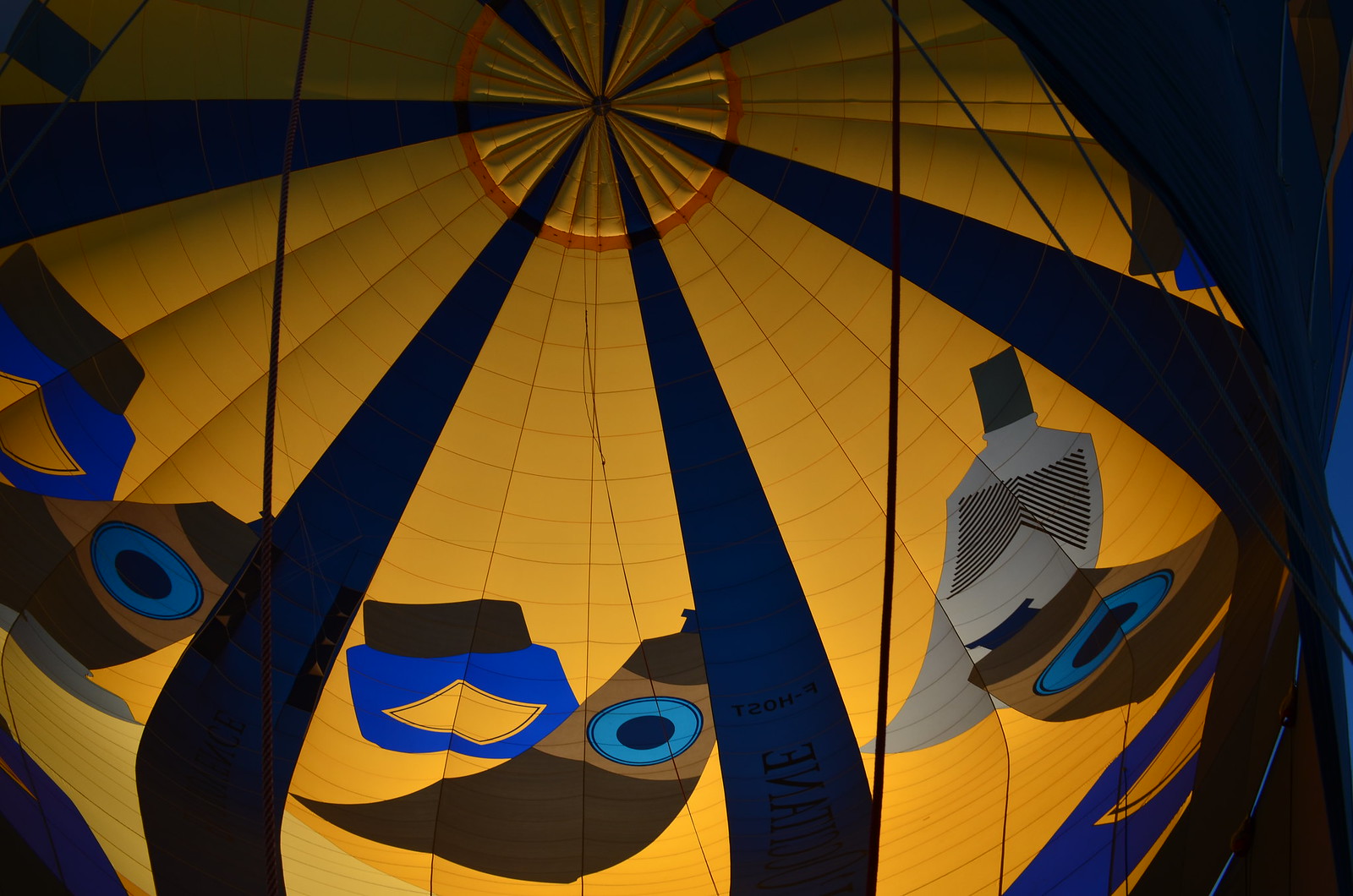 |
| Inside the L'Occitane en Provence Hot Air Balloon |
The pilot was Max Duncomb who I have known for a long time (we both worked as ground crew for Buddy Bombard's balloon adventures in 1990) so I knew I was in good hands.
 |
| Our pilot Max concentrating on his task. |
Max has a vast experience and has flown all over the world, but watching him prepare the balloon, inspect it and inflate it as a mere onlooker just seemed a bit strange, but very soon a bizarre transformation occurred and I became a passenger, I listened to the pre flight safety briefing instead of purposely chatting to the crew just to show that I knew it all. I felt strangely excited as the huge balloon left the ground and slowly took the skies, even though I had done so as a pilot well over a thousand times. I marvelled at the Alps, silhouetted in the distance, photographed the Mont Ventoux and the Montagne de Lure for the umpteenth time. I even think I went "wow" as Max demonstrated his skill as he played in the gardens of the Prieuré de Salagon, barely brushing the treetops. I waved to onlookers and I nearly clapped at the perfectly smooth landing (some claim that I did, but that is pushing it a bit!).
A few photos from my Provence Hot Air Balloon Flight
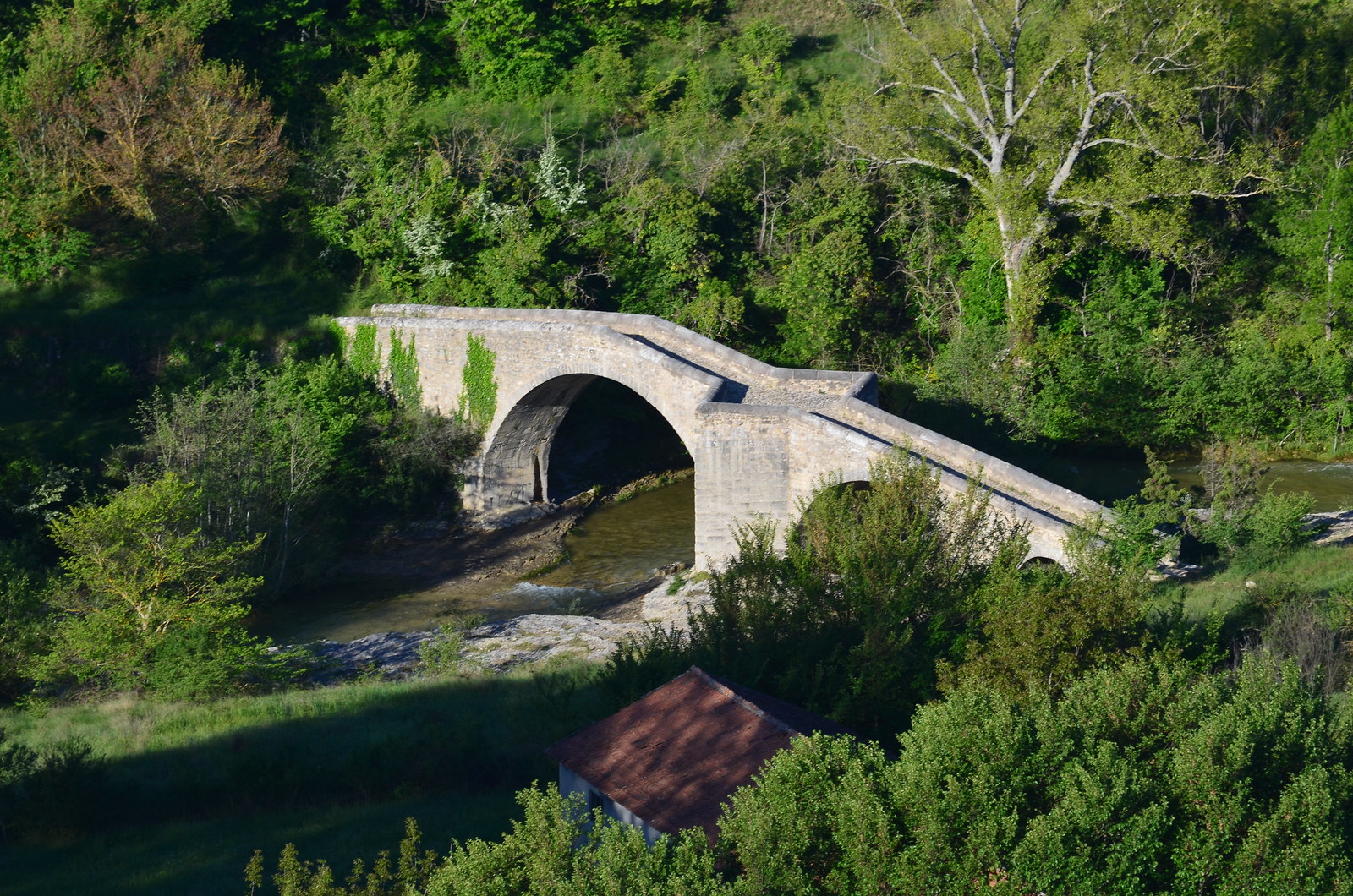
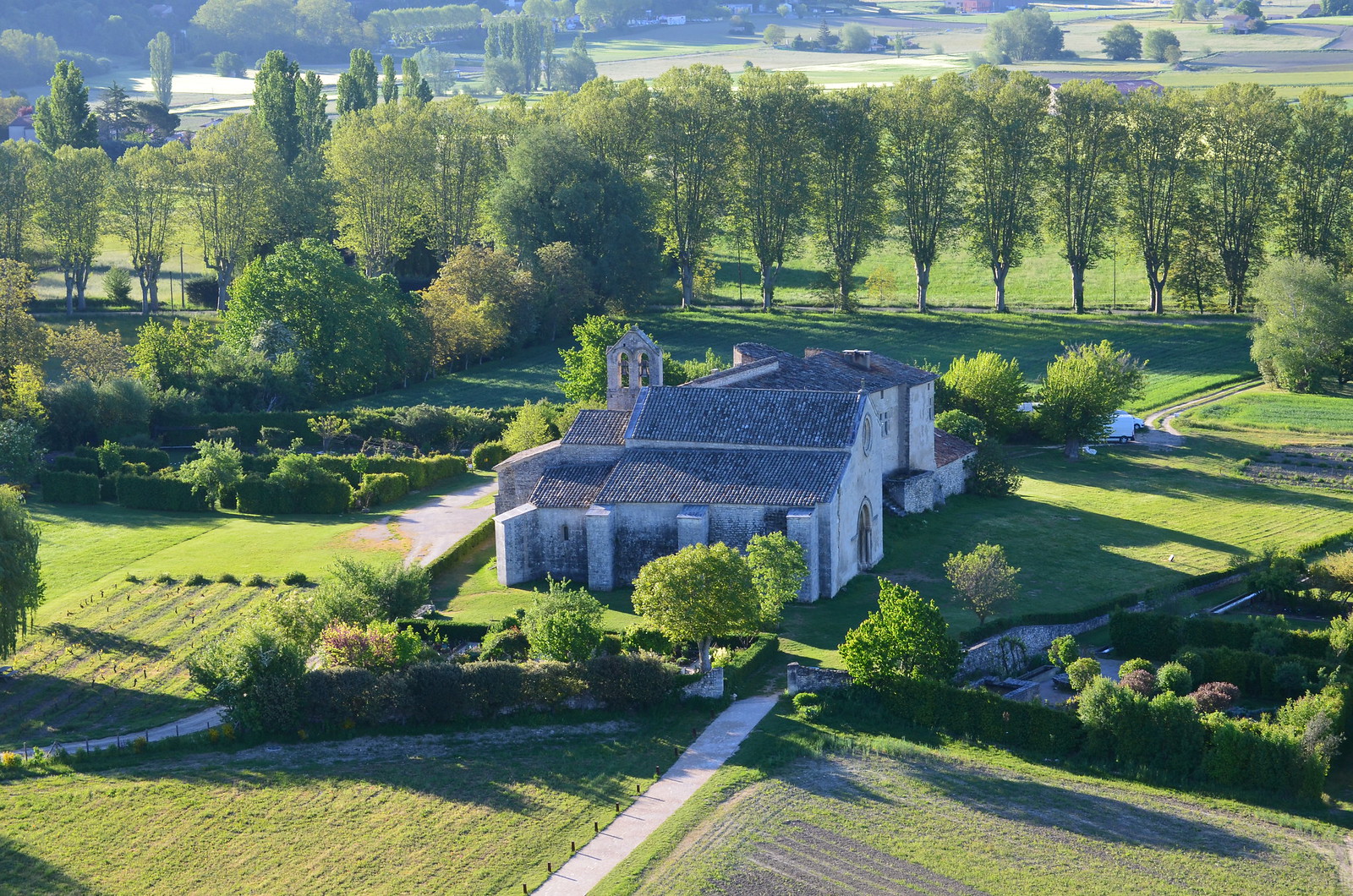
I really enjoyed it, and will do it again, as a passenger but only if I am sure of the experience of the person flying the balloon, which is a no brainer! Luckily France Montgolfières has the strictest rules for pilot selection in the country, every pilot has experience outside of France stretching across the five continents. The in house training is rigorous and the company has been around and has an unblemished record for over 25 years which in itself is almost enough. Of course I have worked for them for many years and so my appreciation could be considered biased by some. It is not. However I do work with other balloon companies in Provence whom I have flown with and can vouch for personally. Their links are at the bottom of this post.
Hot Air Ballooning in Provence is magical, the weather is more often than not perfect (OK this Spring has been wet windy and generally awful, but it is very green!) and you really can see the Alps and the Mediterranean from the basket on a clear day. Flights are only programmed in the mornings so be ready for a ridiculously early wake up call, but it is worth every minute!
When I was flying I used to get asked questions on the best times of the year to fly etc. and my answers would be fairly vague as we needed passengers all year round, so I would sell the merits of all the seasons, never putting one ahead of another. But there are a few moments in the year not to be missed, and these are mine in order of preference.
- The end of Spring/ beginning of Summer. (end of May and beginning of June... ie. Now) After the spring showers (this year it's downpours) the nature in Provence comes to life like nowhere else. Wild orchids, flowering thyme, the bright green fresh leaves on the local stumpy oaks, little lambs gambolling in the fields (they go great with the wild thyme!), the last snow on the Alps and because the temperatures are not at their maximum there is less haze and the visibility is often very good.
- Mid-Autumn. Haute Provence, indeed Provence in general, is a very wooded area, and the trees are mostly deciduous. The colours of Autumn are stunning and the other added advantage is that the sun rises later so the morning wake up call is a bit more civilised! To see what I mean about the colours see this post : Autumn Colours of the Luberon
- The Lavender season. First of all let me issue a warning. Since Hot Air Balloons cannot be steered, there is no guarantee that you will fly over a Lavender field. But to tell you the truth it doesn't really matter. The pilot will always try to choose a take off spot which will allow you to fly over the fields but as you climb up into the sky you don't look down, you look around you, and there you will see the purple fields making up the patchwork of Provence. Once you have flown and have been able to appreciate the importance of the lavender harvest, then I recommend you get in your car (or book a tour with me!) and discover the lavender close up. Ballooning allows you to see things from a different point of view, and to approach things from a safe distance (like lions in the Masai Mara). But when it comes to a crop like lavender in Provence, or vines in Burgundy you get an overall vision of the beauty of the region before discovering it by yourself on the ground, which is not as easy with the lions in the Masai Mara!
- The rest of the year! Yes, although the highlights of the season are listed above ballooning in Provence is always a magical moment and is a "must do" when you next visit.
Here are a few photos of ballooning in Provence that I have taken over the years and at the end some useful links for your next hot air balloon ride in Provence. Click on the photos to enlarge them.
 |
| The Forcalquier Balloon alarming the pigeons as it flies past the citadelle of the town. |
 |
| View of Banon in summer with the Lavender in Flower |
 |
| Ballooning over lavender fields at La Rochegiron near Banon |
 |
| Fields of Lavender and also Clary sage (the light pink ones) |
 |
| Balloon with Banon and the Mont Ventoux |
 |
| Flight at the start of the season with the Alps in the background and the Montagne de Lure in the foreground still with their snowy winter coats on. |
Here is a video made for France 3 TV channel in 2007 with me flying during the Lavender season. Also it features a fantastic initiative to use draw horses and carts as chase vehicles.
A few words for those that are scared.
On the 10th July 1987 I was more or less forced into getting into a balloon (I was a ground crew) as they needed some weight. I am scared of heights, terrified in fact so I closed my eyes for the first 10 minutes, then I looked at my feet and finally I looked out. No vertigo, no panicking it was amazing. Since that that day I have been able to convince many "scared" people to fly and they have all been so thankful. The reason you do not, indeed cannot suffer from vertigo in a hot air balloon is that you are not in contact with the ground. Trust me, I can't look down a stairwell without feeling dizzy and yet am perfectly comfortable in a hot air balloon basket (or aeroplane or any flying machine for that matter) Remember we are talking about vertigo here, i.e. the fear of heights. Since I have been flying I have welcomed more than 10 000 passengers into my balloons and have never had to land because someone was too scared. I have had nervous passengers, plenty, if they were none it would be bizarre. So if you love the photos in this post but you hesitate because of your fear of heights, don't. Make sure the pilot knows and he or she will help you, reassure you and you will not regret it, believe me!
Unique Provence can create a personalised balloon experience for you in your own private basket with our ballooning partners, including hotel reservations and transfers. For more information contact us using the link on the right.
If you want to go for a hot air balloon ride in Provence (and elsewhere in France) then I recommend you contact France Montgolfières who I have worked for and with over the last 25 years, on busy days you may even get me flying you!.
Also in Provence you can contact Vol Terre and Aeronefs et Aerostats de Provence both run by personal friends and very competent pilots.

